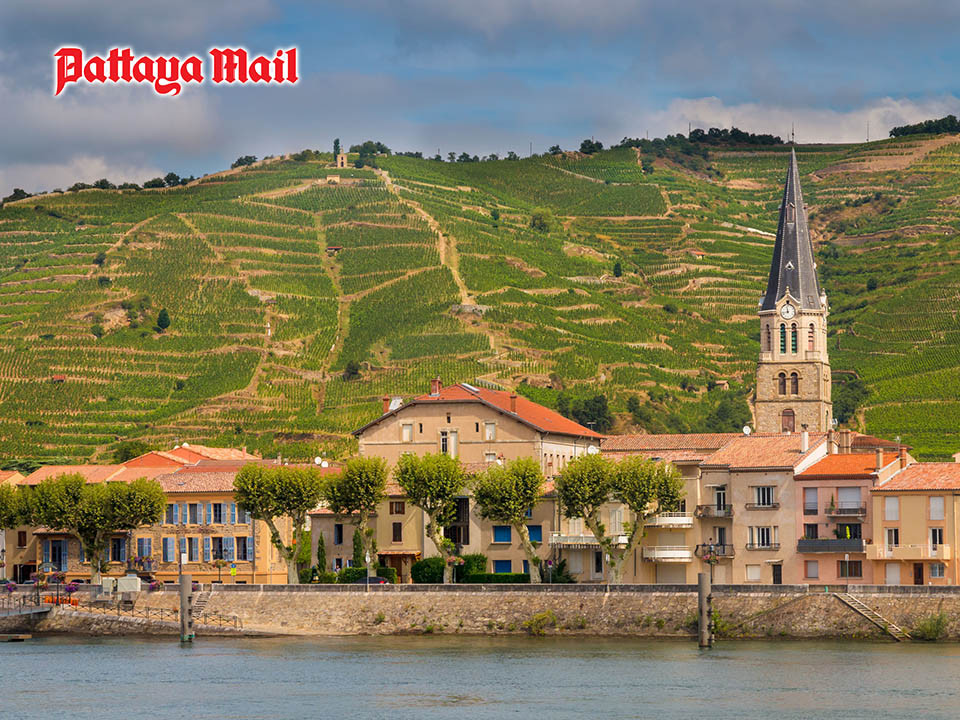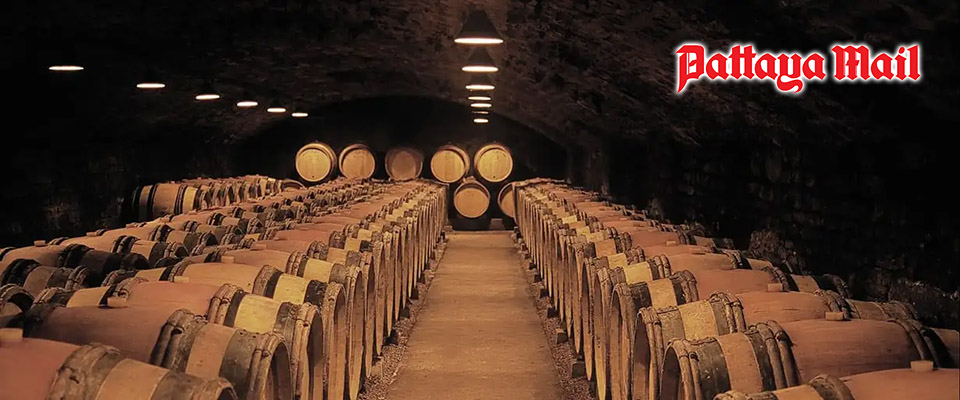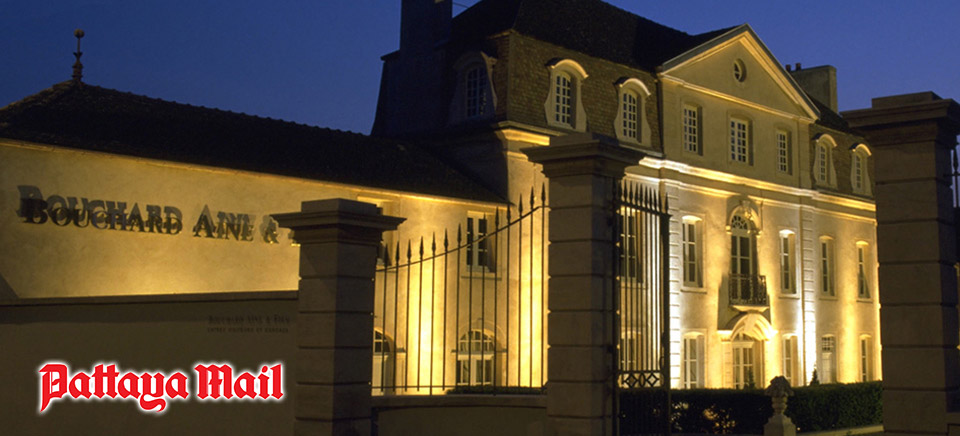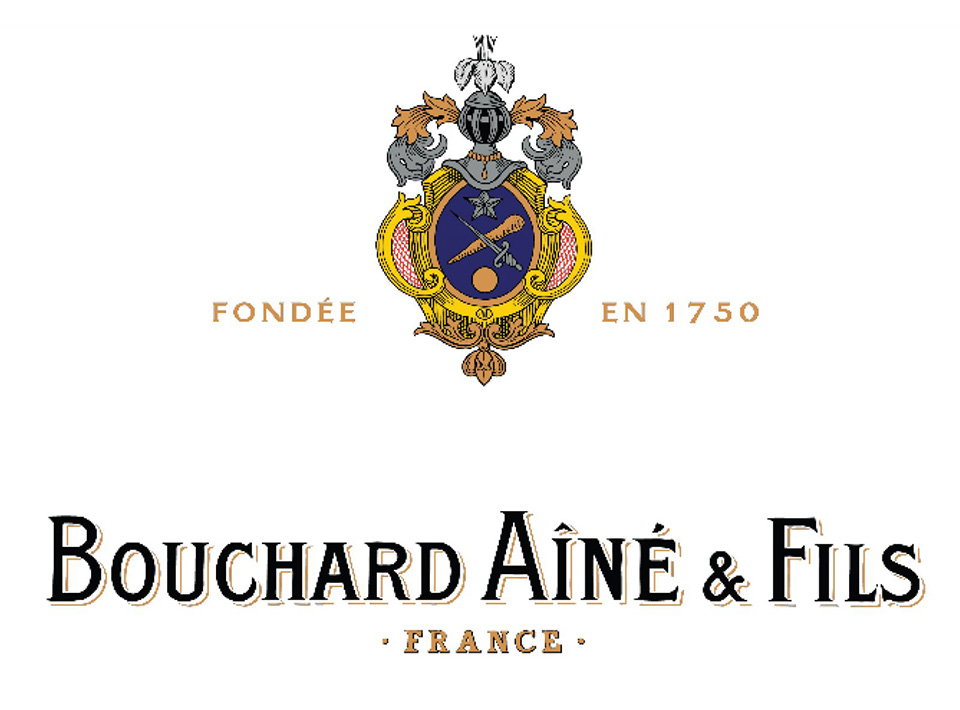
You may have noticed that the prices of some everyday wines have started to come down. Not dramatically, but a little bit. Part of this may have something to do with local initiatives but one contributory factor is the amazingly large glut of wine in the world. A few months ago, John Mariani wrote in the American business magazine Forbes that “Australian wineries alone are sitting on more than 256 million cases of wine…without a market. In June 2023, the European Union gave France about $172 million to destroy nearly 80 million gallons of wine, with more funds to come this month. What will happen to all that wine? It will be distilled into pure alcohol to be used in perfume and cleaning supplies.” Just think: 80 million gallons! That’s the equivalent of 470 million bottles. They could at least have given some to me.
Wine and food enthusiast Simon Woolf has also written about the massive reduction in sales suffered over the past few years by industry giants such as Constellation. He points out that the industrial wine producers, rather than the artisan smaller wine growers have been most affected by the fall in demand. While there are still ultra-expensive wines around at prices which are driven by supply and demand, we are now starting to find more wines at better prices than ever. If the Thai government finds ways of reducing the tax and duty on wine as an incentive to tourism, we will enjoy a greater variety of affordable wines.
But there’s another interesting trend which has been afoot for the last nine or ten years. Many influential wine critics have traditionally praised “big” wines with powerful aromas and loads of fruit, awarding them high points. It seems that wine drinkers are beginning to get fed up with these sumptuous wines. Ray Isle, the executive wine editor at Food & Wine said, “If there’s one stylistic trend that has marked the past seven or eight years, it’s a turn away from high-alcohol, super-ripe wines – red or white – toward lighter, more savory styles.” He explains how some cool-climate wines like Beaujolais, once out of fashion for its lightness are now back in favour for exactly that quality.
There are still one or local outlets that boast rich, assertive wines, so perhaps the recent trend towards lighter wine is slow to reach these shores. If you enjoy wine with food, a lighter one is sometimes preferable, especially if it’s a light dish. I’ve always preferred lighter reds for that reason. When I read a wine review that says something like “a gorgeous floral bouquet of rose and lavender leads the way to a core of crisp pomegranate, crushed rock and black tea with a lengthy, structured and bright experience of supple texture and tannin” I make a mental note to avoid it. Of course, I am not advocating a ban on complex wines but sometimes, we need something simple – a vin ordinaire as the French might say – to accompany food, not “gorgeous floral bouquets” or “bright experiences of supple texture”. Wine should complement food, not compete with it.

Many years ago, during the long summer evenings, a few of us would go to an Italian restaurant in Central London after a day’s work. It was near The British Museum in a small secluded Victorian street that probably hadn’t changed much since the time of Charles Dickens. A horse-drawn cab wouldn’t have looked out of place. At the time, the restaurant offered some of the best pizza in town. Pizza of course is essentially peasant food and it demands simple wine. A fine Burgundy would just feel out of place. On a warm evening, a chilled simple Soave or Frascati is perfect with pizza or indeed any other light food. If you prefer red, an equally undemanding Valpolicella or a sprightly Bardolino make perfect pizza partners. There is still room in this world for light and relatively simple wines.
Côtes du Rhône 2021, Bouchard Aîné & Fils, France (red). ฿800.00 @ Villa Market
Michel Bouchard settled in Burgundy in 1731 to set up an enterprise in the fabric trade but later became a wine broker, which is someone who acts as a middleman between people selling quality wines and people seeking to buy them. In 1750, his eldest son Joseph, followed his father in the family business, established the wine company that bears his name thus anchoring the presence of the Bouchard family in Burgundy’s Côte d’Or. Working closely with local winegrowers, the company also produces a range of wines from all over Burgundy as well as a range of Rhône wines. With a company of this reputation and distinction, you can’t go wrong, even with the basic entry level wines. Incidentally, the company is not to be confused with Bouchard Père & Fils, which although having the same roots in the 18th century is now run as a separate company and also based in Beaune.

This is Southern Rhône wine, made from the traditional trio of Grenache, Syrah and Mourvèdre. The wine world uses dozens of different blends but this combination is so popular it has its own shorthand: GSM. It doesn’t require a Sherlock Holmes to work out what the letters represent. The blend was created by Rhône winemakers in 1936 and is now replicated worldwide. But why these particular grapes, you may ask? Well, each member of this classic trio contributes different characteristics to the wine. Grenache brings cherry and berry fruit and sometimes hints of licorice. Syrah brings a firm structure, black fruits and spice and a darker “colour” to the taste while the full-bodied Mourvèdre forms a kind of base with plum and savory flavours.
Wine enthusiasts know that while the Rhône Valley is home to some of France’s premium wines, it also offers incredible value for its drinkable reds and whites that pair with just about any meal on the table. This Côtes du Rhône is a dark purple-red with legs that form in the glass as you swirl it around. There’s a delightful aroma of dark, ripe fruit. Plum and blackberry spring to mind and I also detected a hint of licorice and marzipan. Secondary aromas bring herbs and a touch of spice. At 13.5% ABV, the wine feels supple and silky on the palate with well-balanced red fruit, though not too much of it. There’s also a pleasing touch of acidity which brings liveliness to the taste. I was expecting a large dose of tannin but was pleased to discoverer that there’s just a hint of tannin and a long, clean finish.

This is a relatively simple glugger but none the worse for that. Red wines tend to feel flabby when they are too warm so it’s better to enjoy this one slightly lower than the ambient temperature because it will add firmness to the body. It will work well with any meat dishes, especially beef or game. Rich vegetable stews also come to mind. The wine is now approaching two years in the bottle and ready for drinking. Don’t be tempted to keep it longer in the hope that it might improve. It won’t; it will just lose its freshness because most table wines are intended for consumption within two or three years. Drink it now!









